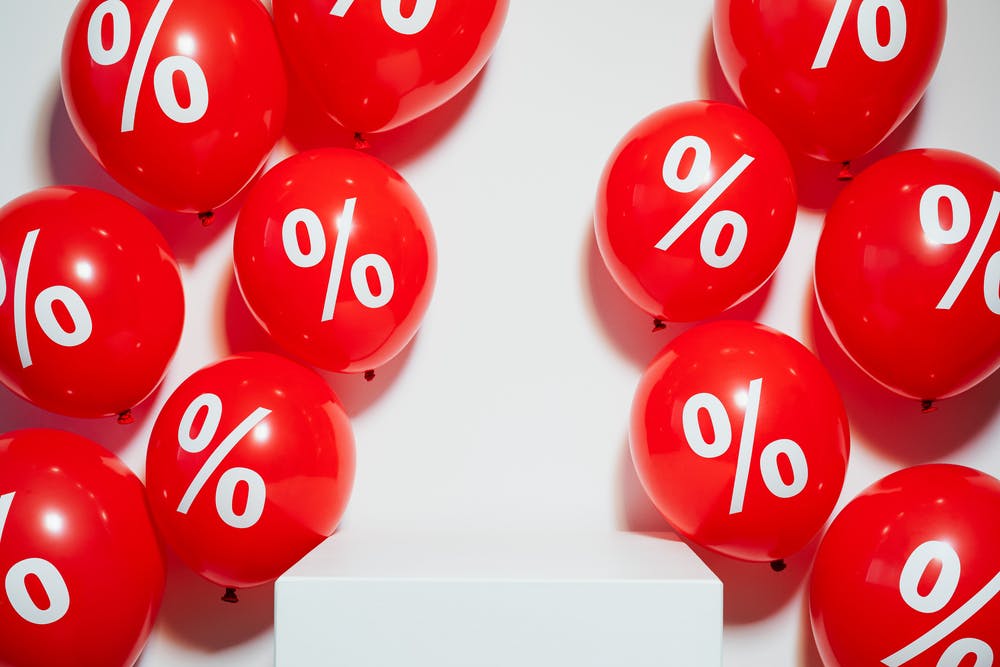1 Offer guarantees – Customers will part with their money more readily, and pay a higher price, if they know that they can get their money back if something goes wrong.
2 Provide sensational service – Study after study has shown that customers are willing to pay more if you give them great service. Research also suggests that companies providing great service grow twice as fast as those with bad service.
3 Make the price seem insignificant – Perhaps by breaking it up into little bits and expressing it in terms of pence per day or pounds per usage. This “trick” is one of the keys to the success of the National Lottery – i.e. they have been able to persuade almost half the country to spend £100 a year by breaking the annual costs down into seemingly insignificant £1 tickets.
4 Reduce discounts – In many industries discounts off list prices are the largest single group of costs – and yet they are usually given with little or no senior management involvement or authorisation. Considerable savings can be usually be made by tightening up discount authorisation procedures. Savings that lead directly to higher net prices and profits.
5 Use creative discounting – For example, replace flat rate discounts (e.g. “10% across the board”) with step discounts (e.g. “5% on the first £1,000, 15% on sales above £1,000”). Not only do they look more impressive and encourage people to buy more, but they often also work out cheaper.
6 Describe as investments – Describing your price as an ‘investment’ rather than a cost can often go a long way towards persuading customers to buy.
7 Less than expected – Repeatedly tell your customers that you may have to put up prices by, say, 20% – but then only actually increase them by less than 20%. (how far below 20% you pitch the eventual price rise should depend on your assessment of the true depth of their “horror” when you make the initial suggestion). By making the eventual price rise less painful than your customers were expecting, you can turn a potentially damaging increase into a triumphant success.
8 Soften the blow – Try to reduce the prices of some items in your range at the same time as increasing the prices of most other items so that you soften the bad news with some good news, and make a point of dwelling on the latter.
9 Explain why – Be prepared to explain why prices have risen, perhaps as a result of cost increases, and point out that, had it not been for improvements in your own productivity and efficiency, the increase would have been even higher. Better still, explain that the price has increased as a result of improvements to the quality of the product. Emphasise the enhanced features, improved packaging, increased reliability, enhanced customer support, faster and more convenient delivery and any other factors that make the product better and therefore worth paying more for.
10 Justify your prices – It is vital to have a strong justification and defence for your high prices prepared in advance. This is likely to include knowing the prices of your most expensive competition, demonstrating the savings and benefits from your product and demonstrating that your product is hugely superior and therefore slightly more expensive because… Do you have a set of written scripts to help you overcome price objections? And has every aspect of those scripts been tested to make sure that they are giving you the best possible results?
11 Use “Non-price” increases – For example, consider charging extra for installation, delivery, insurance, handling, storage, urgent orders or rapid delivery. You could also try increasing your minimum order size and introducing a surcharge for any orders below that threshold, revising your discount structure, slimming down the specification of your product and stripping out any expensive features that are of only limited value to the customer, and charging interest on overdue accounts.
12 Change the package – If a customer tries to knock you down on price, don’t change the price, change the package. In other words, never simply crumble on price. Always trade a price reduction for some concession from the customer e.g. a larger order or cash up-front.
13 Trade for referrals – If all else fails, you can always trade a once off price cut for referrals.
14 Top down pricing – Do you always show your customers the most expensive options first? Top down pricing is a simple but highly effective way of increasing the amount customers spend.
